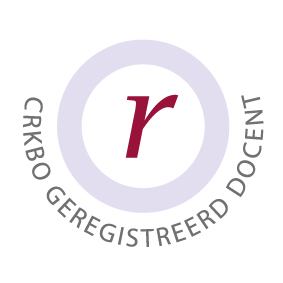Unique Calligraphic Collections
Back to: Contents
Unique calligraphic collections
The development of Arabic calligraphy led to the creation of several decorative styles that were designed to accommodate special needs or tastes and to please or impress others. The most outstanding of these techniques or scripts are Gulzar, Maraya or Muthanna, Zoomorphic, Siyaqat, and al-Khat al-Hurr.
- Gulzar:
Gulzar is defined by Safadi (1979) in Islamic Calligraphy as the technique of filling the area within the outlines of relatively large letters with various ornamental devices, including floral designs, geometric patterns, hunting scenes, portraits, small script, and other motifs. Gulzar is often used in composite calligraphy where it is also surrounded by other decorative units and calligraphic panels.
- Maraya or Muthanna:
Maraya or Muthanna is the technique of mirror writing in which the composition on the left reflects the composition on the right.
- Zoomorphic:
In zoomorphic calligraphy, the words are manipulated and structured into the shape of a human figure, a bird, an animal, or an object. Safadi notes that Thuluth, Naskh, and Nasta’liq scripts are extensively applied to create such calligraphic compositions.
- Tughra:
Tughra is a unique calligraphic device that is used as a royal seal. The nishanghi or tughrakesh is the only scribe specialized in writing Tughra. The emblems became quite ornate and were particularly favored by Ottoman officialdom.
- Siyaqat:
Siyaqat is another style developed and favored by the Ottomans; it was used in chancelleries and courts. Siyaqat has a close affinity with Kufic script where the lines are straight and heavy and relatively angular.
- al-Khat al-Hurr:
Al-Khat al-Hurr may be the most modern calligraphic script and was developed in different parts of the Arab world in the 1980s. This freestyle script does not follow a pre-set pattern but typically is elegant and highly stylized. It is excessively cursive, and the curves display marked contrast in line width. A curve might change abruptly from the heaviest possible line a pen can create the thinnest possible line from the same pen.
Permalink Comments off




